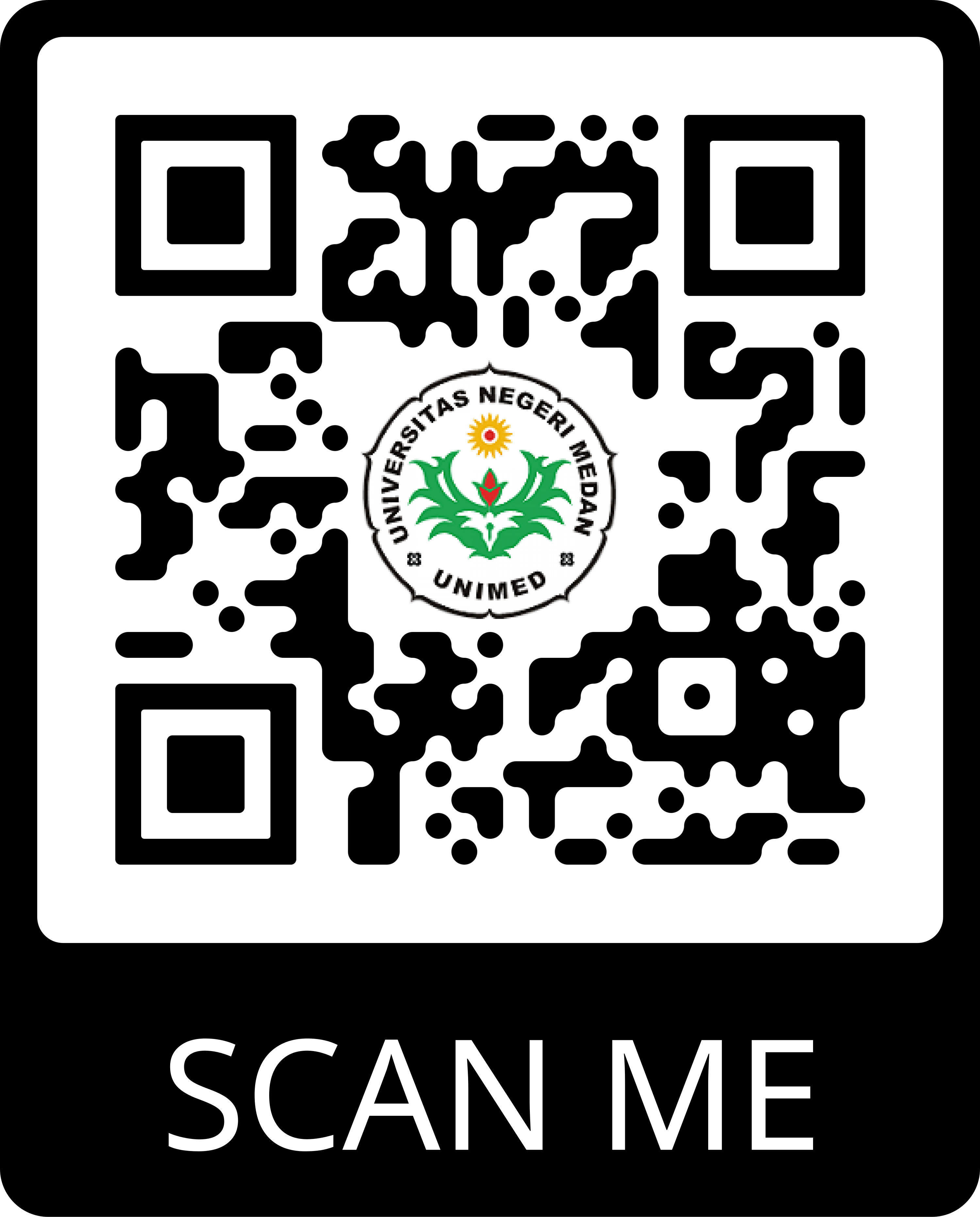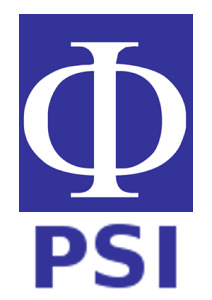IMPLEMENTATION OF HOTS BASED PROJECT BASED LEARNING (PjBL) TO CREATE INNOVATIVE LEARNING MEDIA
Abstract
This study aims at determining how HOTS-based Project Based Learning (PjBL) plays a role in increasing student innovation to create learning media. This research uses a qualitative descriptive approach that was carried out in the Physics Education Study Program, Teacher Training and Education Faculty, Darma Agung University. This research is a quasi-experimental study with a two group Pre-test and Post-test design. The research population is all sixth semester students of the Physics Education Study Program, Teaching and Education Faculty, Darma Agung University, Medan. The sample in this study was taken by total sampling, as many as 2 classes totaling 30 people. Morning class is determined as an experimental class that is taught by HOTS-based PjBL model that consists of 15 students, Afternoon class as control class is taught using direct instruction model consisting of 15 students. The research instrument uses HOTS essay test consisting of 10 questions and innovation to create learning media in the form of a questionnaire consisting of 10 cases and has been declared valid and reliable. The resulting data were analyzed using two-way ANOVA. The results show that HOTS-based PjBL is better applied than the direct instruction model because this learning method can increase students' innovation to create better learning media. This can be seen in the link https://www.youtube.com/watch?v=MWY6Rv7BL8o&feature=youtu.be.
Keywords
Full Text:
PDFReferences
Arends, R.I. 2008. Learning to Teach. Seven editions. New York:McGraw-Hill.
Dewi, A. R., Wati, M., & Mastuang, M. (2019). Pengembangan alat peraga pada materi tekanan untuk siswa SMP dalam melatihkan keterampilan proses sains. Berkala Ilmiah Pendidikan Fisika, 7(1), 43-52.
Dimyati Dan Mudjiono. 2006. Belajar dan Pembelajaran. Jakarta: Rineka Cipta.
Djamarah, S,B. 2010. Strategi Belajar Mengajar. Jakarta: Rineka Cipta.
Elder, L and Paul, R. 2010. Critical Thinking: Competency Standards Essential for the Cultivation Of Intellectual Skills, Part 1. Journal Of Developmental Education.
Ennis.1996. Critical Thinking. New Jersey: Prentice Hall, Uper Saddle river.
Fathurrohman, M. 2015. Model-model Pembelajaran Inovatif. Jogjakarta: Ar-ruzz Media.
Filsaime, D. K. 2008. Menguak Rahasia HOTS dan Kreatif. Jakarta: Prestasi Pustaka.
Fisher, A. 2001. Critical Thinking An Introduction. New York: Cambridge University Press.
Hallyday, D., Resnick, R, & J. Walker. 2001. Fundamentals of Phisics 6th Edition,Jhon Wiley and Sons, Inc, Newyork.
Lukitasari, M., Handhita, J., & Murtafiah, W. (2018). Higher order thinking skills: using e-portfolio in project-besed learning. In Journal of physics: Conference Series, 983, 12047.IOP Publishing.
Joyce, B., Weil, M., Calhoun, E. 2011. Models of Teaching. Yogyakarta: Pustaka Pelajar.
Kharida, L.A. 2009. Penerapan Model Berbasis Proyek Untuk Peningkatan : Hasil Belajar Siswa Pada Pokok Bahasan Elastisitas Bahan.
Khoiri, Nur. 2011. Pengembangan Perangkat Pembelajaran Fisika Berbasis Life Skill untuk Meningkatkan minat kewirausahaan siswa. JPFI.
Ngalimun. 2016. Strategi dan Model Pembelajaran. Yogyakarta : Aswaja Pressindo
Permendiknas Nomor 22 Tahun 2006. Standar isi mata pelajaran fisika.
Pinho-Lopes, M., & Macedo, J. (2014). Project-based learning to promote high order thinking and problem solving skills in geotechnical courses. International Journal of Engineering Pedogogy, 4(5), 20-27.
Rusman. 2011. Model-Model Pembelajaran: Mengembangkan Profesionalisme Guru. Jakarta : PT Raja Grafindo.
Sagala, Syaiful. 2011. Konsep dan Makna Pembelajaran. Bandung: Alfabeta.
Sanjaya, W. 2009. Strategi Pembelajaran Berorientasi Standar Proses Pendidikan, Kencana Prenada Media Group : Jakarta.
Sardiman, A. M. 2006. Interaksi dan Motivasi Belajar Mengajar. Raja Grafindo Persada: Jakarta.
Sastrika, Ida Ayu Kade. 2013. Pengaruh Model pembelajaran Berbasis Proyek terhadap Pemahaman Konsep Kimia dan Keterampilan Berpikir Kritis.
Slameto. 2010. Belajar dan Faktor – faktor yang mempengaruhinya. Jakarta: PT Rineka Cipta.
Sudjana, N. 2005. Metode Statistika. Bandung: Tarsito.
Sugiyono. 2010. Statistika Untuk Penelitian. Bandung: Alfabeta.
Sumarmi. 2012. Model-Model Pembelajaran. Yogyakarta: Aditya Media Publising.
Tirtarahardja, U. & Sulo, L. 2005. Pengantar Pendidikan. Jakarta: PT. Rineka Cipta.
DOI: https://doi.org/10.22611/jpf.v9i2.19991
Article Metrics
Abstract view : 637 timesPDF - 2491 times
Refbacks
- There are currently no refbacks.
Copyright (c) 2020 Ika Trisni Simangunsong, Humiras Betty M. Sihombing

This work is licensed under a Creative Commons Attribution 4.0 International License.
___________________________________________________________________________________________________________________________________________
Jurnal Pendidikan Fisika
p-ISSN : 2252-732X | e-ISSN : 2301-7651
Organized by The Magister of Physics Education Departement in State University of Medan in collaboration with Physical Society of Indonesia (PSI)
W: https://jurnal.unimed.ac.id/2012/index.php/jpf/index
E : jpfunimed@unimed.ac.id
rajo.hasim@gmail.com (principal contact)

_____________________________________________________________________________________________________________________________________________

This work is licensed under a Creative Commons Attribution 4.0 International License.





